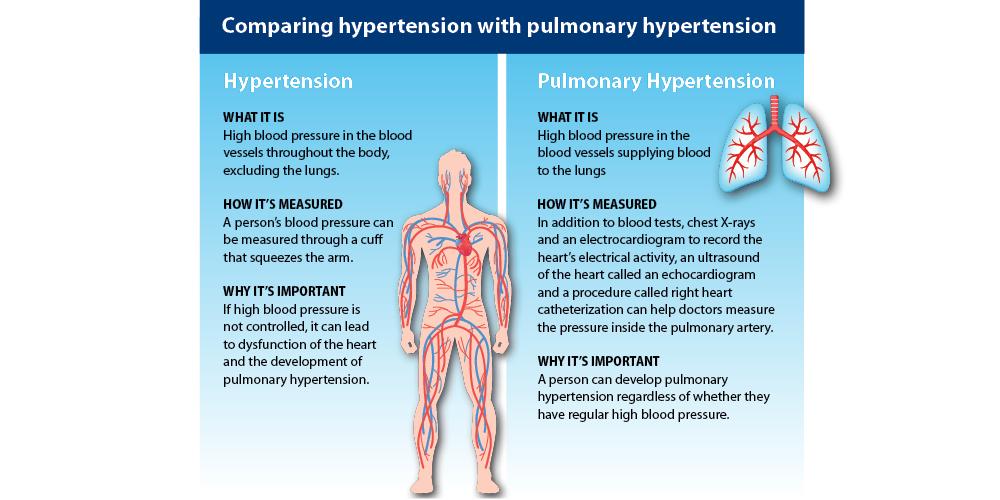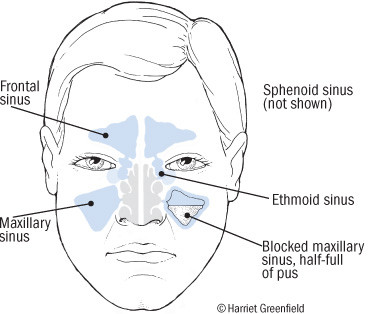Thoracic Outlet Syndrome (TOS) is a medical condition characterized by the compression of nerves, arteries, or veins in the thoracic outlet, the passage from the lower neck to the armpit. This condition manifests in three primary forms: neurogenic, venous, and arterial, with the neurogenic type being the most common.
Symptoms of TOS often include pain, swelling, or a “pins and needles” sensation in the hands, shoulders, and arms. These discomforts can extend to other upper body areas, including the chest, neck, head, and ears. The root cause of TOS is pressure or compression on the nerves or blood vessels passing through the thoracic outlet. This can lead to a range of symptoms, including pain, weakness, numbness, tingling, sensation of coldness, or a general feeling of discomfort in the upper body. Commonly, these symptoms affect one or both upper limbs (arms) and/or the hands, armpits, upper back, neck, and pectoral area.
Specifically, Neurogenic Thoracic Outlet Syndrome (TOS) can cause symptoms such as pain, numbness, or tingling in the shoulder, arm, or hand. Patients may experience tingling (paresthesias) in the arm or hand, a perception of arm or hand weakness, particularly when the arm is raised, and substantial symptoms of pain and tension in the neck and/or upper back. This can sometimes be accompanied by headaches in the back of the head.
In more severe cases, neck pain can indicate serious conditions such as a cervical artery dissection. This type of neck pain is unusual, persistent, and often accompanied by a severe headache. For example, a carotid artery tear can cause neck pain that spreads along the side of the neck and up toward the outer corner of the eye. A vertebral artery tear might feel like something sharp is stuck in the base of the skull.
Numbness or tingling is another common symptom, described as an unpleasant sensation where there is reduced or absent feeling in the skin or a “pins and needles” sensation. This is often due to a problem with nerve function, either because the nerve itself is injured, something is pressing on the nerve, or an imbalance in the body’s chemistry interferes with nerve function.
In addition to these symptoms, neck-related headache is often felt in the back of the head and upper neck, usually the result of muscle tension or spasm. The headache pain is typically dull or aching, rather than sharp, and the neck may also feel stiff or tender. Neck movement often exacerbates the pain.
For more detailed information on Thoracic Outlet Syndrome, visit Wikipedia, the University of Rochester Medical Center, or the Hospital for Special Surgery.



